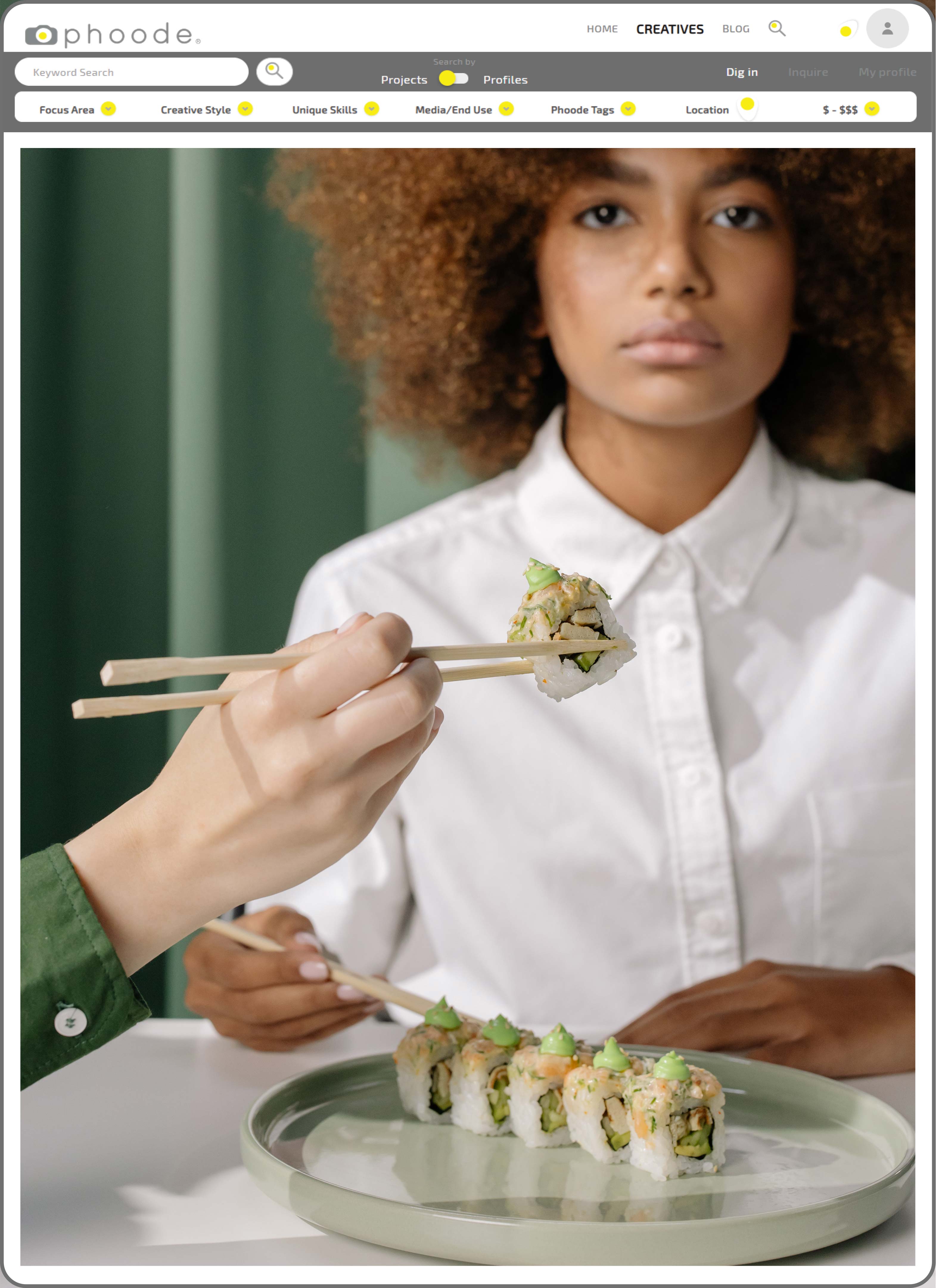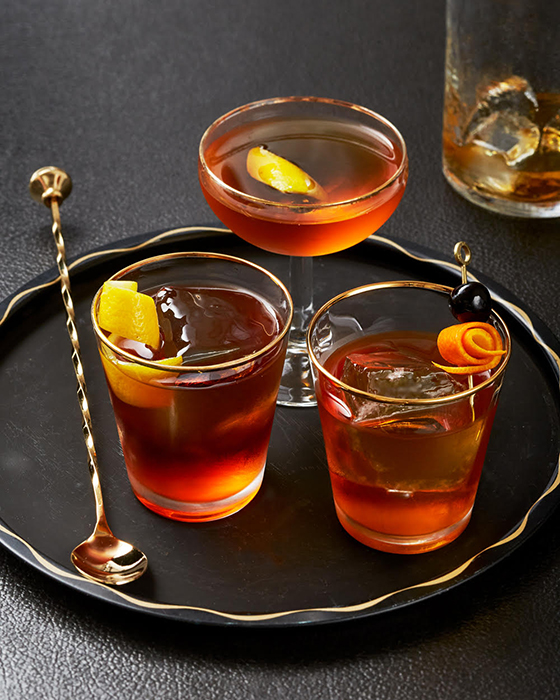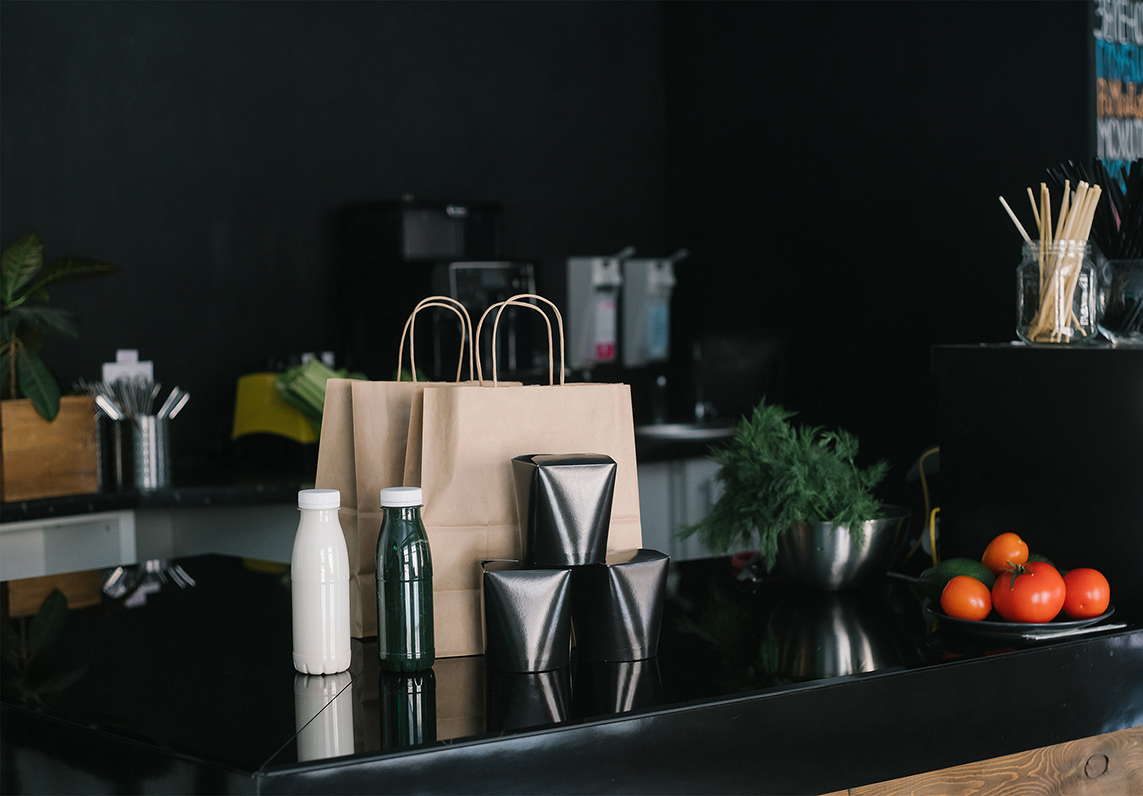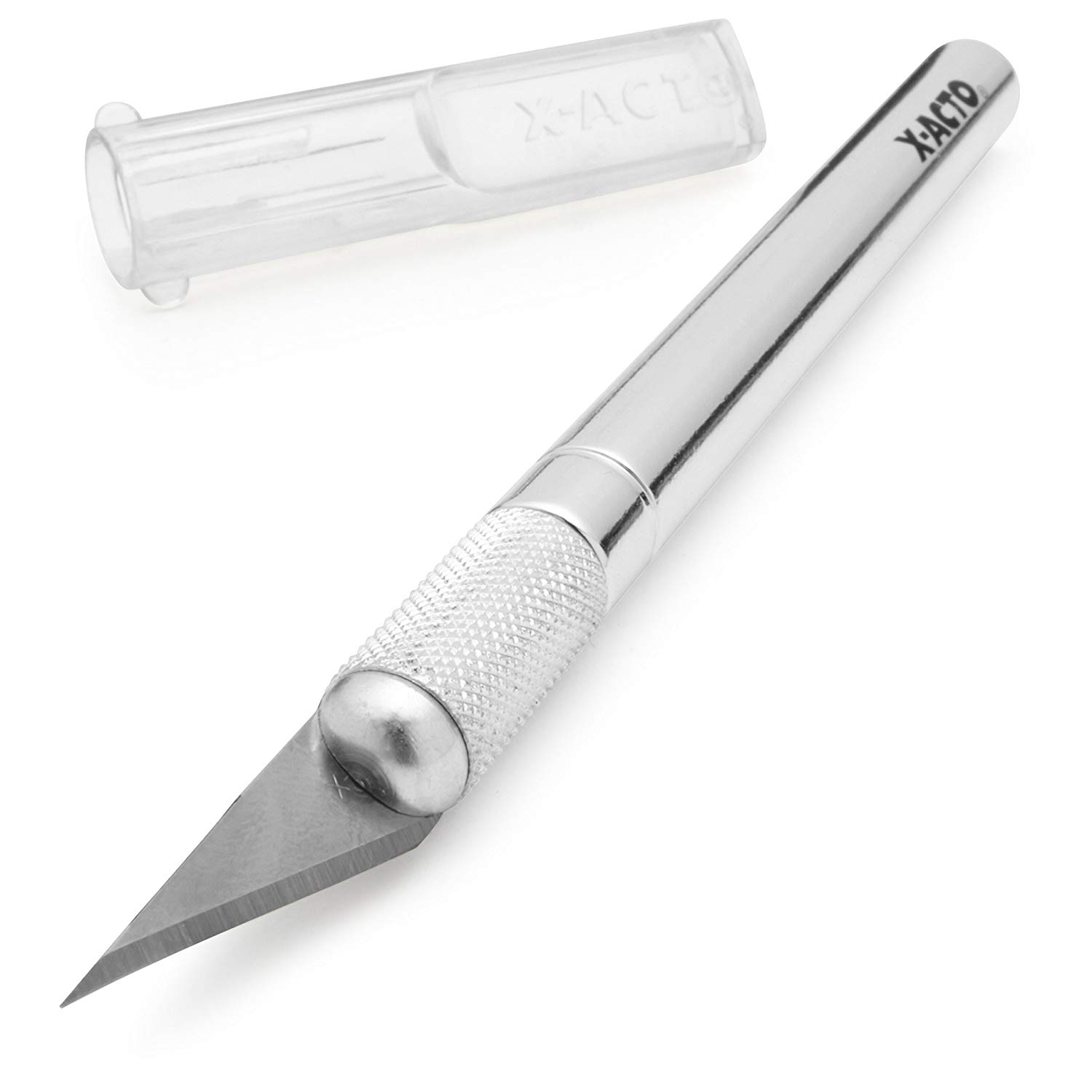“Culinary Splash Effect” Energizes Food Photography
Culinary Splash Effect [ˈkʌlɪn(ə)ri][splaʃ][ɪˈfɛkt] (n.) – A natural visual effect of culinary liquids and semi-liquids, such as sauces, beverages, soups, etc., often captured in food photography to make food look appetizing, create visual interest, suggest consumption and show dynamic culinary action. When any liquid is unconstrained it creates interesting shapes in the air and splashes into droplets when hitting a surface. The details revealed in the “culinary splash effect” are unseen by the naked eye because of the speed in which the whole event unfolds. To accommodate this, food photographers use high shutter speeds and high speed flashes to capture the phenomenon.
Example: “Our company specializes in cold pressed juices. We want people to know we have the freshest and most healthy concoctions, so be sure to use the splash effect in your product shots.”
Reasons to Use the Culinary Splash Effect in Food Photography
First off, there is not just one kind of splash. Splash effects can have different styles from messy to symmetrical and scientific. Releasing (not pouring) an amount of liquid all at once and straight down will produce a ring like splash as it hits another liquid body or a hard surface. Unfurling or softly flinging wine (for example) from a glass can produce a somewhat controlled wave with droplets on the end. Shooting a glass of orange juice against a pile of oranges will lead to a chaotic splash with many dispersed drops and ricochets.
Splashing water or juice almost always looks fresh and exciting.
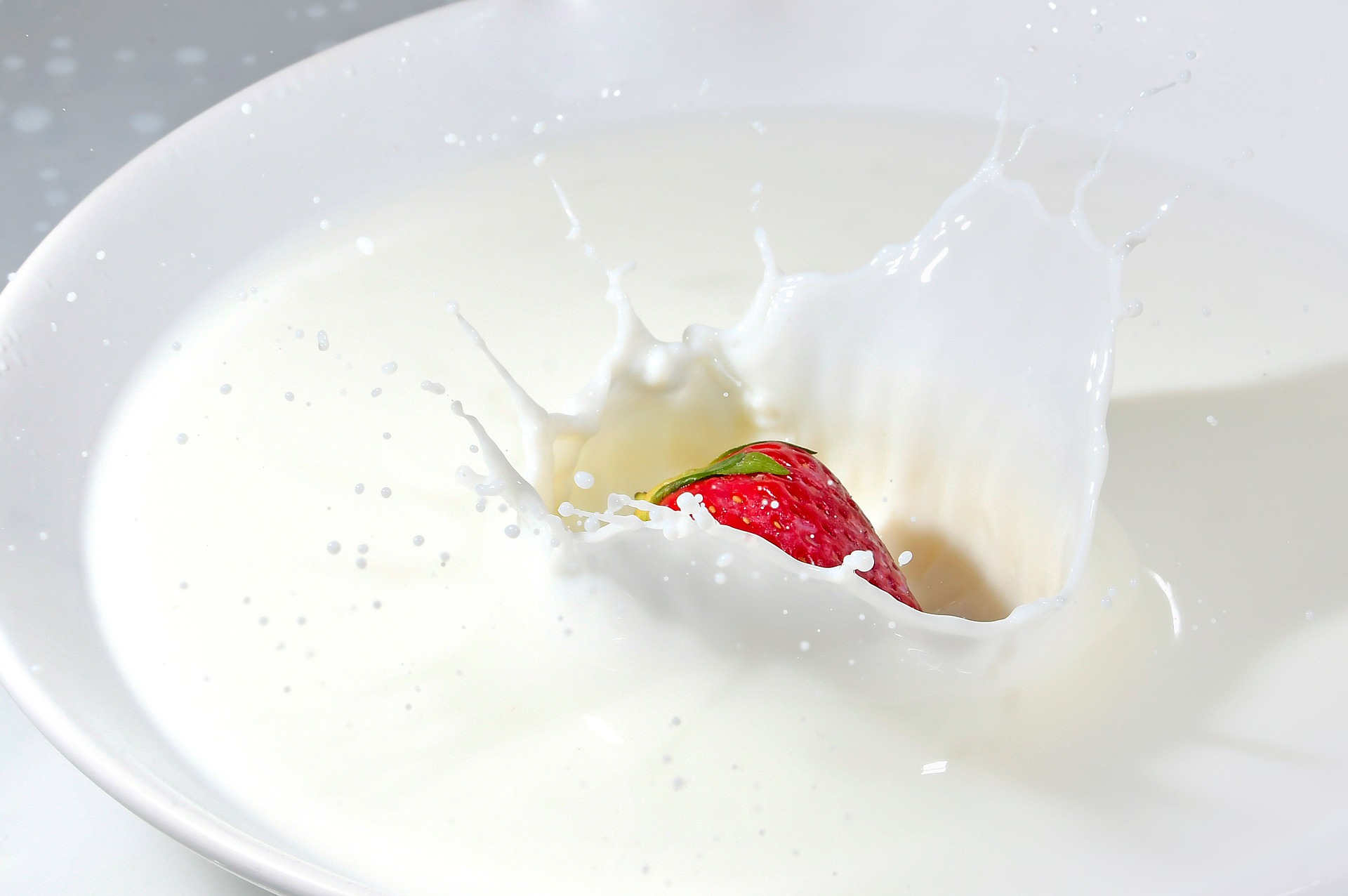
The feeling is like splashing water against your skin on a hot day, or squeezing a lemon onto a healthy salad. Gastrophysics actually proves that showing food in motion makes it more appetizing to people. For these reasons, the splash effect is frequently used in advertising food photography, in order to entice and emphasize freshness. However, it can be used in any style of food photography, especially when the goal is to be eye-catching. Things that humans rarely, or cannot perceive with the naked eye, are usually always interesting. The culinary splash effect is just one example among others, like macro food photography and time-lapse photography.
The most desirable culinary splashes we see on advertising banners aren’t at all accidental. They are the result of an elaborate, often large, team studio effort. Food consumers tend to prefer certain shapes and kinds of splashes over another. Therefore, food brands carefully work with photographers and creative teams that know how to deliberately accomplish these looks. There are truly very few commercial food photographers in the world who have mastered the technique, as it takes years of trial and error.
Good commercial splash effects are the result of working with an experienced food or beverage stylist, modifying the liquid’s viscosity and density with additives, and the mechanism that triggers the splash of the liquid itself. Yes, some more advanced studios even use robots to create the right jerky move or vibrations for this effect. Images are usually compilations of many shots, so a serious Photoshop retoucher, experienced in liquid motion food photography, will put on the finishing touches.
The First Use of a High-Speed Splash Effect in Food Photography
The high-speed splash effect in food photography starts with Harold Edgerton, who considered himself an MIT Professor and research scientist more than a professional photographer. He popularized the use of strobes as flashes, instead of flash bulbs. By also using quickly advancing film in motion picture cameras, he took photos of never-before-seen phenomena. His images with culinary splash effects like Milk Drop Cornet, 1957 are both elegant and influential.
Imagine you had never seen the many splash effect images popular in food photography today, and all of the unique shapes that liquid can make. The precision and sharpness of the amazing droplets and rings of water would impress even more than it does now. Indeed, the splash effect changed food photography, and photography in general as we know it.
Photographic Equipment Considerations for The Splash Effect
The culinary splash effect is executed at extremely high speeds. Most traditional film cameras have a maximum shutter speed of 1/500 of a second, while newer digital cameras make the splash effect much easier to achieve. A digital SLR often has a maximum shutter speed of 1/4000 of a second and a burst fire mode.
Due to the high speeds at which photos are taken, and the fast action taking place during the splash, burst fire is preferred. Holding down the shutter button, food photographers shoot continuously because the shapes of the liquid will change immensely over the course of just 1/8 second. Once again, digital SLRs now almost always feature a burst fire mode that is pretty quick.
The last consideration is flashes and strobes. Unless shooting in bright sunlight, high sync speeds and fast recycle speeds are necessary. Sync speed is how fast of a shutter speed the strobe can accommodate, the recycle speed is the amount of time needed between shots for it to fire again.
Be Original! There’s a Definition, but You Can Redefine It!
Because the culinary splash effect is popular in food photography it is important for photographers to always think about originality. What kind of beverages, sauces, or oils would look interesting flying through the air? Is there something about their color or viscosity that will make a unique photograph? What objects or surfaces make sense to splash against in my project? There are so many combinations of splashes and contexts that one may employ. The duty of a food photographer, like Harold Edgerton did, is to experiment.
Do you have a request for another food photography definition? Contact us and tell us that super-specialized term that may be confusing others as well.






